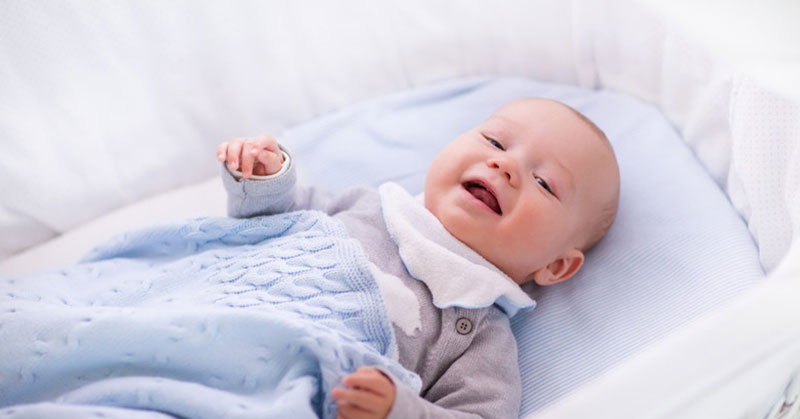Teething can be a painful and uncomfortable experience for not only the baby, but the whole family. Your little one can be irritable and restless, and that can mean sleepless nights for your baby and the rest of the family as well. Fortunately, there are some simple steps you can take to make teething a little easier for everyone involved.
- Make sure the issue is teething. Babies usually begin getting teeth at about 6 months of age. Symptoms of teething include drooling, sore teeth and gums, irritability, chewing (on almost anything available), and often a low-grade fever.
- Gently rub your baby’s gums with moist gauze or your clean finger periodically. This can ease the pain, if only temporarily.
- Wipe away drool promptly. Teething is bad enough, so to prevent any further discomfort caused by skin irritation, keep your baby’s face and mouth area free of drool.
- Give your baby something to gnaw on. Little ones naturally want to chew on something – anything – when they’re teething. So help that urge by providing a cold washcloth or a chilled teething ring for the baby to chew on. The gnawing motion, in addition to the coolness of the object, will help to ease his or her discomfort.
- Consider an over-the-counter remedy (such as ibuprofen or acetaminophen) designed for babies if your little one seems especially irritable and if other methods don’t ease the crankiness.
- Remember to call your doctor right away if your baby develops a high fever, seems especially in pain, or develops symptoms other than those related to teething.
Once your baby’s teeth erupt, keep them clean by wiping them gently with a clean, damp washcloth every day. Do this not only on the surface of the teeth, but on the baby’s gums as well. This is important in order to prevent bacteria from forming inside your little one’s mouth. You can also use a soft-bristled toothbrush designed for babies and toddlers to clean their little teeth. Up until about the age of 3, you can use a tiny amount of fluoride toothpaste on the brush – about the size of a grain of rice. When your baby turns 3, you can increase that to a small amount about the size of a pea. And remember that the American Dental Association recommends that you take your baby to his or her first dental appointment as soon as the first baby tooth erupts and no later than his or her first birthday.

